Eureka! Lab
A place for discovery

Educators and Parents, Sign Up for The Cheat Sheet
Weekly updates to help you use Science News Explores in the learning environment
Thank you for signing up!
There was a problem signing you up.
-
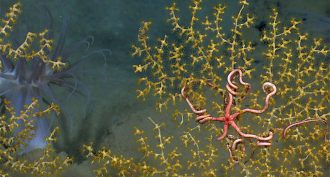
NOAA takes the Internet on a deep-sea tour
From April 12 to 30, the U.S. government is offering free live video and educational materials to explore the Gulf of Mexico’s deep realm.
-
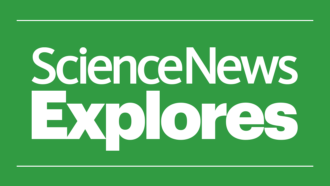
Brewing a cup of chemistry
Andrew West and Aaron Sickel wanted to help teachers combine engineering and chemistry in the classroom. They developed an experimental approach using the power of coffee.
-
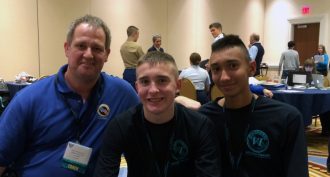
Students compete to stop cyber crime
The Air Force Association’s yearly CyberPatriot competition trains middle and high school students to defeat cyber bad guys trying to get in to their computer systems.
-
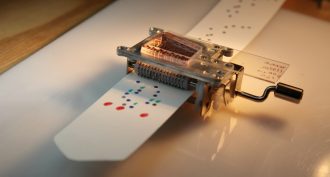
A hand-held, crank operated chemistry set
A new competition hoped to find a chemistry set for a new generation. And the winner looks nothing like the sets your parents played with.
-

Mayim Bialik shares her STEM inspiration
The Big Bang Theory’s neuroscientist Amy Farrah Fowler is played by a real neuroscientist. Mayim Bialik told educators at the National Science Teachers Association meeting what inspired her to go into science: an inspiring biology tutor.
-
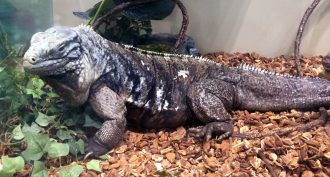
Teachers’ meeting brings birds, bones and robots
The National Science Teachers Association meeting draws educators from all over the country. Exhibitors brought in everything from robots to iguanas to steal their attention.
-
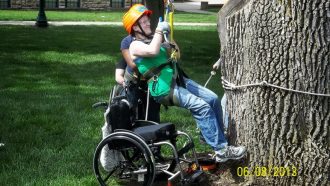
A wheelchair doesn’t stop this scientist from soaring to the treetops
Rebecca Tripp talks about studying tardigrades, extreme organisms that live in the tallest of trees, and how she continues to pursue her dream to be a conservation biologist.
-

Cartoons help make basic genetics fun
Genetics is far more than the letters in your textbook. A former high school aims to bring some fun to learning about your DNA.
-
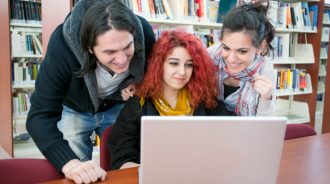
Students find science answers through Twitter
By submitting questions on Twitter to the hashtag #scistuchat, students can connect with scientists and talk about science.
-
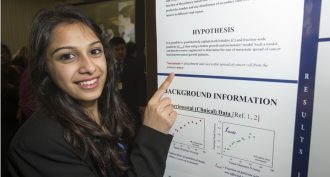 Health & Medicine
Health & MedicineIntel STS finalist uses math to predict breast cancer spread
Intel STS finalist Esha Maiti developed a model to calculate the probability of cancer spreading to different areas of the body.
-
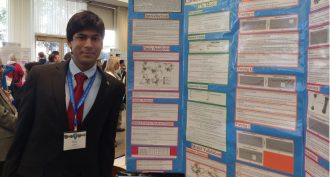 Computing
ComputingIntel STS finalist’s computer program models social life
Ajay Saini has brought together math and computer science to show how habits spread within social groups. His new computer program could help promote healthy habits.
-
 Health & Medicine
Health & MedicineIntel STS finalist uses math to help the blind
Intel Science Talent Search finalist Alec Arshavsky has built a computer program to help make sure people receive the right eye transplants to help reverse blindness.